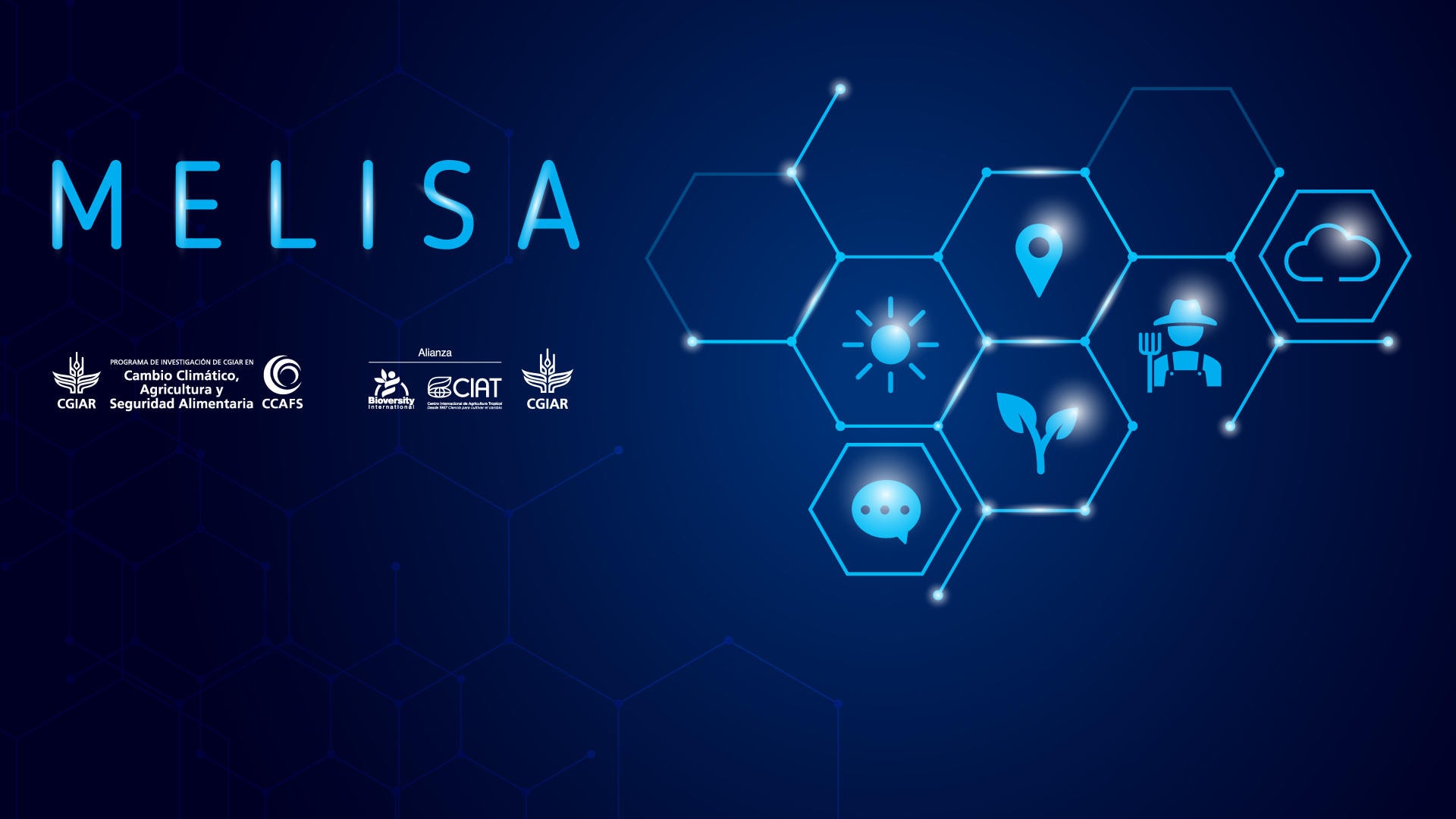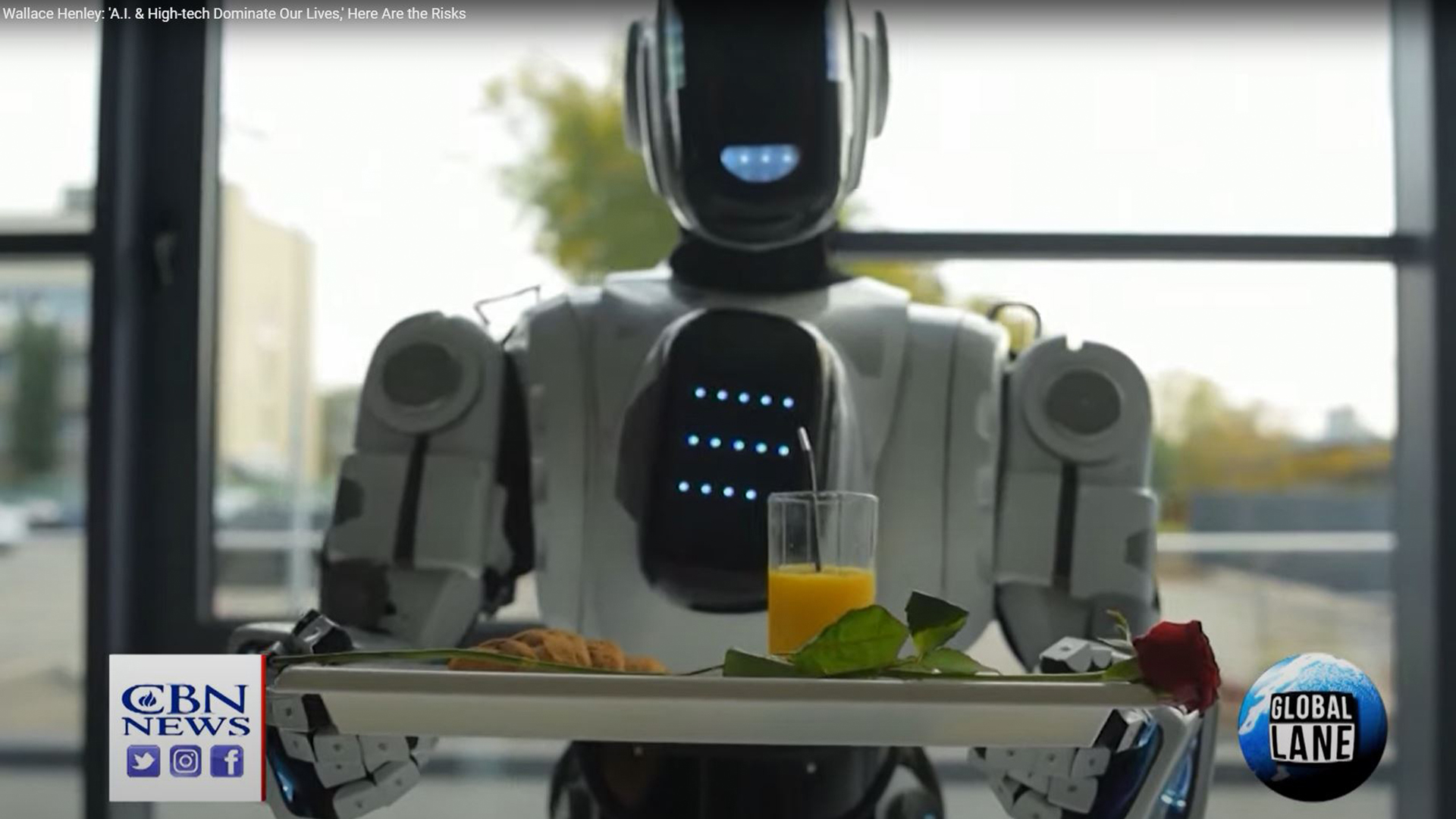
Tutorials are a great way to learn about computer vision. These articles include topics such Deepfake detection and Pattern recognition algorithms. These tutorials will teach you how to apply computer vision in real-world situations.
Basic computer vision skills
Computer vision is an important field, and it requires you to know how to use many image processing tools. Computer vision engineers will need to have basic knowledge about histogram equalityisation and median filtering. In addition, they need to be familiar with basic machine learning techniques, such as Convoluted Neural Networks (CNNs), fully connected neural networks (FCNs), and support vector machines (SVMs). Furthermore, they need to know how to decode and interpret mathematical models that are often used to process images.
Computer vision engineers develop algorithms for interpreting digital images. Computer vision engineers have a variety of tasks, and they need to have strong mathematics skills as well as a strong ability to communicate their ideas to a non-technical audience.
Pattern recognition algorithms
Computer vision tutorials will provide participants with a fundamental understanding of computer Vision. They can be short courses or full courses and may be either regular or advanced in nature. Select tutorial proposals will receive technical support from the CVPR. Computer Vision tutorials can be used by professionals, students, or researchers to help them learn more. These tutorials assume a basic understanding of mathematics, programming, numerical methods, and programming. Advanced tutorials are designed for professionals and researchers looking to learn advanced algorithms and techniques within Computer Vision.

Pattern recognition algorithms have a wide variety of applications. These algorithms can be used to analyze data and make predictions. They can also be used to identify objects at different angles and distances. These techniques are useful in the financial industry where they can make important sales predictions. They can also be used in forensic analysis and DNA sequencing.
Deepfake detection algorithm
A deepfake detection algorithm uses a combination of convolutional neural networks (CNNs) and long-short-term memory (LSTM) to distinguish real videos from doctored ones. CNNs are able to extract feature maps from a frame of video and feed them into an LSTM. A fully connected neural network then classifies real videos as fakes based on whether a frame has been altered.
CNN models are trained from the original and deepfake videos. CNN's model is trained using the FaceForensics++ dataset. It demonstrates similar accuracy to state of-the-art methods.
Object classification
One of the many tasks a machine can perform is object classification. This task involves visual analysis and categorizing objects in one of several classes. This technique is used by computers to predict the class of objects. If you're interested in working in this area, this tutorial is a great place to start.
Computer vision is used in many ways, beyond image classification. It is useful for automating checkouts in retail stores, early detection of plant disease, and many other purposes. Two of the most popular computer vision techniques are object detection and image segmentation. The first technique can identify one object in an object, while object detection can identify multiple objects within the same image. Advanced object detection models work with an image's X- and Y coordinates to build a bounding circle. They identify anything that is within the box.

Object segmentation
A convergence algorithm can be used in order to segment an object within an image. Based on the similarity of the individual pixels within each group, areas can be divided into "C” groups. This method is particularly helpful when working with large sets of images.
Object segmentation is used in image processing. This includes facial recognition. This allows for an automated process to identify an individual or object. It can detect diseases, tumors, and other features. It can also help in agriculture to find information about soil and other characteristics. Robotics and security image processing are other fields where object segmentation is used.
FAQ
What's the status of the AI Industry?
The AI market is growing at an unparalleled rate. Over 50 billion devices will be connected to the internet by 2020, according to estimates. This will allow us all to access AI technology on our laptops, tablets, phones, and smartphones.
This will also mean that businesses will need to adapt to this shift in order to stay competitive. If they don’t, they run the risk of losing customers and clients to companies who do.
You need to ask yourself, what business model would you use in order to capitalize on these opportunities? Would you create a platform where people could upload their data and connect it to other users? You might also offer services such as voice recognition or image recognition.
No matter what your decision, it is important to consider how you might position yourself in relation to your competitors. It's not possible to always win but you can win if the cards are right and you continue innovating.
What industries use AI the most?
The automotive industry was one of the first to embrace AI. BMW AG uses AI as a diagnostic tool for car problems; Ford Motor Company uses AI when developing self-driving cars; General Motors uses AI with its autonomous vehicle fleet.
Other AI industries include banking, insurance, healthcare, retail, manufacturing, telecommunications, transportation, and utilities.
Is Alexa an AI?
The answer is yes. But not quite yet.
Amazon developed Alexa, which is a cloud-based voice and messaging service. It allows users speak to interact with other devices.
The Echo smart speaker, which first featured Alexa technology, was released. Since then, many companies have created their own versions using similar technologies.
These include Google Home and Microsoft's Cortana.
Statistics
- In the first half of 2017, the company discovered and banned 300,000 terrorist-linked accounts, 95 percent of which were found by non-human, artificially intelligent machines. (builtin.com)
- By using BrainBox AI, commercial buildings can reduce total energy costs by 25% and improves occupant comfort by 60%. (analyticsinsight.net)
- While all of it is still what seems like a far way off, the future of this technology presents a Catch-22, able to solve the world's problems and likely to power all the A.I. systems on earth, but also incredibly dangerous in the wrong hands. (forbes.com)
- Additionally, keeping in mind the current crisis, the AI is designed in a manner where it reduces the carbon footprint by 20-40%. (analyticsinsight.net)
- A 2021 Pew Research survey revealed that 37 percent of respondents who are more concerned than excited about AI had concerns including job loss, privacy, and AI's potential to “surpass human skills.” (builtin.com)
External Links
How To
How to Set Up Amazon Echo Dot
Amazon Echo Dot (small device) connects with your Wi-Fi network. You can use voice commands to control smart devices such as fans, thermostats, lights, and thermostats. You can say "Alexa" to start listening to music, news, weather, sports scores, and more. You can make calls, ask questions, send emails, add calendar events and play games. Bluetooth speakers or headphones can be used with it (sold separately), so music can be played throughout the house.
An HDMI cable or wireless adapter can be used to connect your Alexa-enabled TV to your Alexa device. If you want to use your Echo Dot with multiple TVs, just buy one wireless adapter per TV. You can also pair multiple Echos at one time so that they work together, even if they aren’t physically nearby.
To set up your Echo Dot, follow these steps:
-
Turn off your Echo Dot.
-
You can connect your Echo Dot using the included Ethernet port. Make sure that the power switch is off.
-
Open the Alexa app for your tablet or phone.
-
Select Echo Dot from the list of devices.
-
Select Add New.
-
Select Echo Dot from among the options that appear in the drop-down menu.
-
Follow the screen instructions.
-
When asked, type your name to add to your Echo Dot.
-
Tap Allow access.
-
Wait until your Echo Dot is successfully connected to Wi-Fi.
-
Repeat this process for all Echo Dots you plan to use.
-
Enjoy hands-free convenience